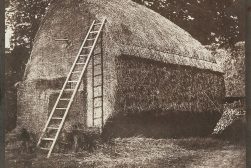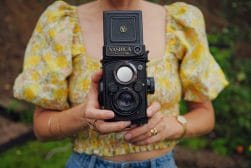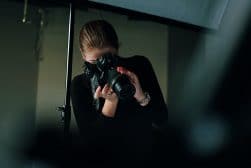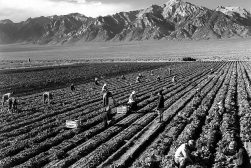
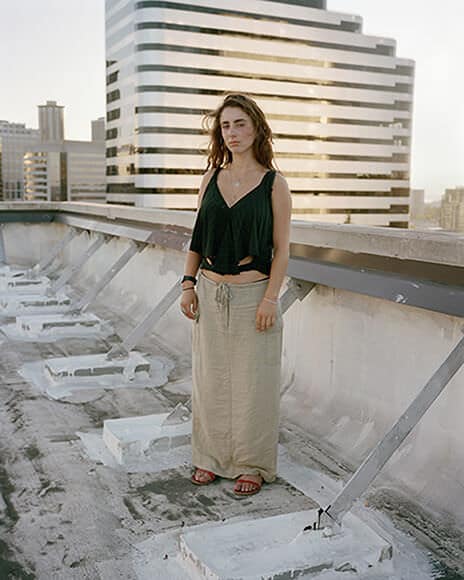
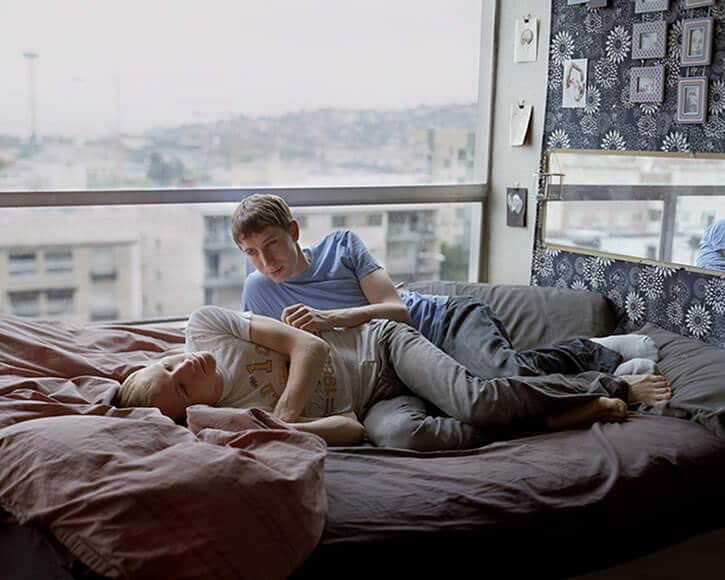
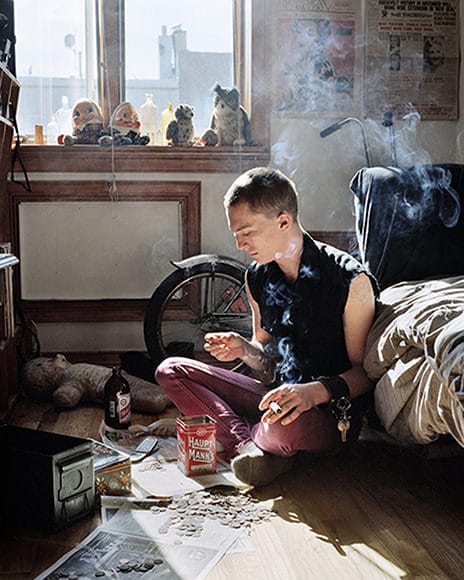

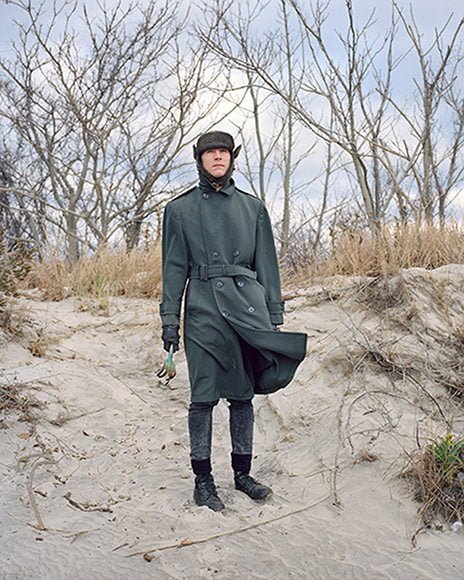

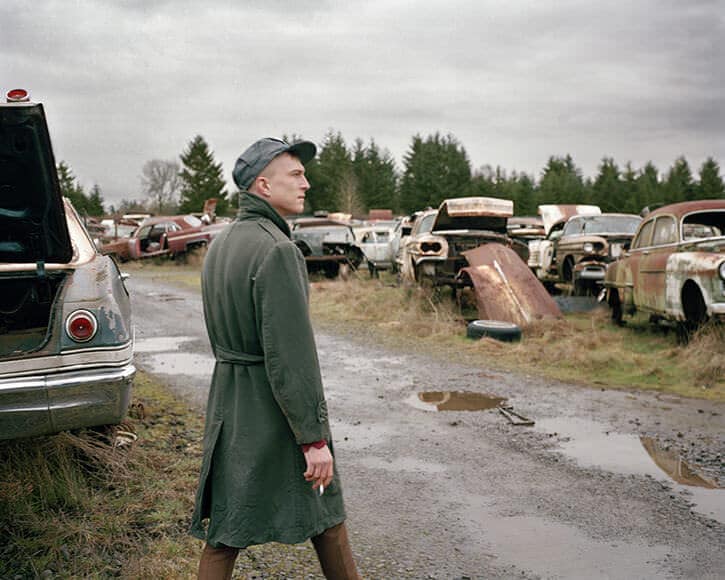
Jenny Riffle
Portrait | Last Updated: April 4, 2024
My current series , Scavenger, has evolved and grown through my own personal history with photography. I have always been interested in portraiture and with photography’s struggle between fact and fiction.
Photography is a close replication of reality so it is often thought to tell the truth, but at the same time, it is only showing a cropped view of the world and is usually showing the photographers point of view, or opinion about whatever is in the photo, and can be a completely made up story. I like photos to be a jumping off point for one’s imagination. These are images that I can put myself into and experience the world of the photo with my own memories and thoughts.
I worked on a series of portraits, The Space in Between, for many years that I started in college in 2000. I found myself not wanting to call the images portraits because of the implication that word has about relaying the inner character of the subject. My portraits have always contained an element of fiction, because I would set up the scene and direct the person in front of the camera to do a certain thing and in the end I was creating a narrative in the image of my own, not about the subject.
I have done a similar thing in Scavenger, which is about one man’s adventures in treasure hunting. I don’t try to reveal a trace of the subject, as a traditional portrait would, but instead I express my romantic view of his life and his treasure hunting obsession and choose not to show his normal daily activities. I photograph him in his natural environment wearing his usual clothes, yet by only showing one side of his personality I create a larger than life character.
I want this character to be reminiscent of other adventurers that people may recognize from stories they read. For example, my subject was inspired by Mark Twain’s characters Huck Finn and Tom Sawyer, and I feel that he embodies these characters in some of my images. I was looking for that when I was out shooting – something that he is wearing – the hat – and the landscape – with water reminiscent of the Mississippi, trying to create an image that would reference these influences.
I fell in love with 4×5 at Bard College where I first tried it. Having so much control of the image with the swings and tilts and the detail you can get with a large negative is amazing. When I graduated I got a Wista 4×5 field camera but it was stolen from me when my apartment in Brooklyn was broken into. After that, I decided to buy a Bender Photographic 4×5 kit and build a camera myself.
It was a really fun project and a steep learning curve since I was not handy with sanding wood and the like, but I got through it and now have a camera that I made with my own hands. I use the 4×5 for most of my portraits. I feel that the time it takes to set up on the tripod, and then look through the ground glass with the dark cloth over your head gives the subject time to relax and settle into a pose.
I also wanted a camera that was more portable than the 4×5 but would still give me a larger negative, so I got the medium format Mamiya 7 – which is a great camera for traveling around outdoors. It is easy to carry and does not need a tripod. It is a range finder – so it took some getting used to, but I have been very happy with it for the last ten years.
I have been playing around with the flash lately for some images in a new project I have started, The Sound of Wind. The vivitar is a great flash that I have had for almost 20 years. Overall I do not have a lot of fancy or new equipment, I like to keep it simple and only use what I need.
My gear:
Mamiya 7
Mamiya 80mm f/4 lens
Vivitar 283 flash
Black Rapid RSD-1BB camera strap
Bender Photographic 4×5 rail camera
Nikon Nikkor-W 135mm lens
Gossen GO 4006-2 Digisix Light Meter 2
Elite 4×5 Sheet Film Holders
8x loop
long cable release
short cable release
film changing bag
dark cloth
Portra 400 4×5 sheet film
Portra 400 220 roll film

Check out these 8 essential tools to help you succeed as a professional photographer.
Includes limited-time discounts.





